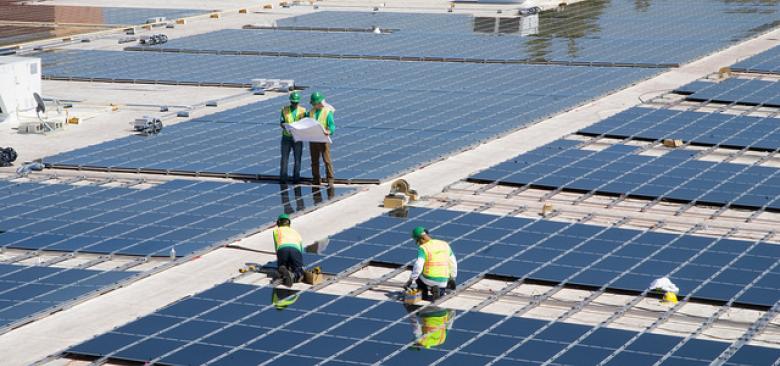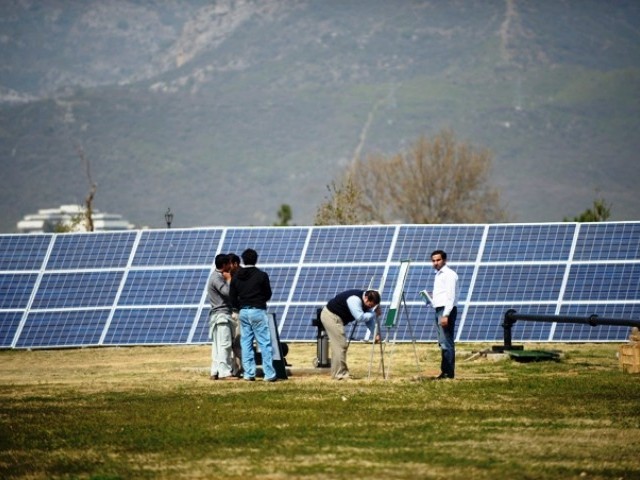The government of Pakistan has recently launched the Quaid-e-Azam Solar Park in the Cholistan desert near Bahawalpur. The project aims to produce 100 MW of electrical energy by end of 2014 and 1000 MW by end of 2016. This is a small step in the right direction. Countries like India, China and Germany are much ahead in the game with installed solar projects of 2600 MW, 20000 MW and 36000 MW respectively. Let us take a closer look at the price that we will have to pay for the energy produced.
The cost of the 100 MW project is around $131 million, that is the price per Watt is $1.31. That seems to be quite good, lets look closely. We know that 400,000 panels are to be installed in the first phase to produce 100 MW of electrical energy. This means that each Solar Panel would produce 250 W and the cost of each panel would be $327.5 or Rs.32750.
Assuming that there is peak solar energy available for six hours daily, each solar panel would produce 1.5 kWhr of energy each day or 547.5 kWhr of energy per year. This amounts to 13687.5 kWhr of energy over a 25 year period (assuming that the performance of the Solar Panels does not degrade over the 25 year period). Now assuming that each unit of energy (kWhr) is sold at Rs.15 the total energy produced by the Solar Panel over its life period amounts to Rs.205312.5 i.e the revenue earned from selling electricity is 6.27 times the investment (205312.5/32750=6.27).
In other words the investment is recovered in 4 years and you have free electricity for the remaining 21 years. Please note that the above calculations do not include the operational costs, if any. Also, the above analysis assumes that the performance of the Solar Panels does not degrade over its life time.
Final Comment: The location of the proposed project does not seem to be optimum as Bahawalpur is receiving 2000 kWhr per squared meter per year as opposed to vast expanses of Balochistan that receive 2200 kWhr per squared meter per year.

